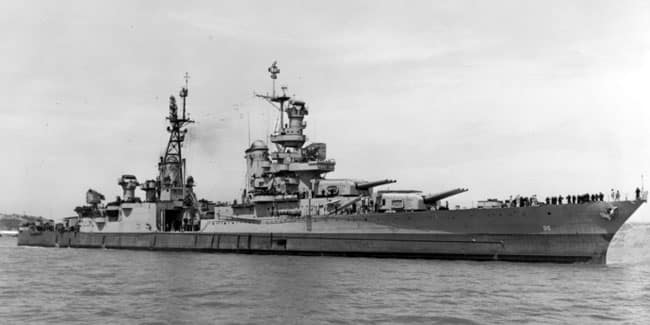On September 2, 1945, V-J Day, the funeral-like solemnity of the Japanese surrender aboard the USS Missouri was shattered by the thunder of 400 B-29 bombers flying overhead, accompanied by an additional 1,500 carrier aircraft. In a bay packed with 260 Allied warships, the effect of such an overwhelming demonstration of power could hardly fail to impress. The aerial procession roared over the remains of an empire whose hordes had swept across Asia like a scythe of murder and annihilation for the previous decade and a half.
Probably no country suffered more under Japanese occupation than China, especially after Japan initiated its “Three All” offensive in 1941: “Kill all, burn all, destroy all.” Millions of Chinese were slaughtered during this campaign. But perhaps the best measure of a nation’s level of civilization is found in how it treats those it has captured—i.e., prisoners of war. Here the Japanese record is best summarized by Max Hastings’s superb account in “Retribution.” Hastings writes, “The casual sadism of the Japanese towards their prisoners was so widespread, indeed, almost universal, that it must be considered institutional. There were so many cases of arbitrary beheadings, clubbings, and bayonetings in different parts of the empire that it is impossible to dismiss these as unauthorized initiatives by individual officers and men.”
In fact, Hastings goes on to report that victorious Japanese soldiers often mailed pictures of beheadings and bayonetings to their families back home, proudly depicting their macabre contributions to the war effort, faithfully adopting practices authorized by their code of the warrior, the “Bushido.” Indeed, it was this grotesque manual of Dantesque horrors that compelled Japanese soldiers hardly ever to surrender, until very late stages in the war. And what is one to make of the hundreds of Kamikaze suicide pilots who ravaged the American fleet off Okinawa, sinking or damaging 191 ships, killing thousands of American sailors, inflicting far more damage than the spectacular raid on Pearl Harbor? The Japanese had descended to a level of barbarism that could only be countered with extreme measures.
Hence the firebombing of Japanese cities by General Curtis LeMay’s B-29 bombers, a military aircraft whose research and development costs exceeded even those associated with building the atomic bomb. On March 9, 1945, the bombers leveled 16 square miles of Tokyo, killing at least 100,000 people and leaving another million homeless. City after city was scorched, culminating in the atomic bombings of Hiroshima and Nagasaki, the Russian invasion of Manchuria, and Emperor Hirohito’s reluctant decision finally to meet the Allied demand for unconditional surrender on August 14. Overwhelming force had obliterated the empire and its leadership’s ambitions, and Japan has been at peace ever since.
Which brings us to a consideration of a current scourge of barbarism, this time occurring in the Middle East, the self-proclaimed Islamic State of Iraq and Syria (ISIS). Compared to Japan, ISIS is “JV”—junior varsity, to use President Obama’s term. But there is nothing “JV” about ISIS’s methods. We have seen them before, in different clothing: beheadings, impaling, suicide attacks, dying for a higher cause (this time for Allah to establish a caliphate instead of for a Mikado to establish an empire), boundless contempt for others, and commitment to a way of war that, like “Bushido,” resembles a death cult.
There is also nothing “JV” about the goals of ISIS. Japan’s grand mission during World War II was to establish what it called a “Greater East Asia Co-Prosperity Sphere,” beyond which the military leadership was less concerned; mostly it wanted to be left alone by the United States. On the other hand, the mission of ISIS is global and strategic in that its leadership is determined to conquer the world, one piece at a time, and to see its flag raised above the White House.
What should be done about ISIS and similar totalitarian movements? The answer, unfortunately, is the same as the one forced upon Allied decision makers during World War II in the struggles against Germany and Japan. This does not mean using atomic bombs or reinstating the draft. Rather it means a recognition that this organization is not going to go away by itself and that it will take a determined effort among an alliance of nations to rid the region of the barbaric madness that has overtaken it. The Kurds should be armed; regional players should be committed to the struggle; and American airpower should continue to support such efforts.
Short of taking these measures, expect ISIS to be around indefinitely. The question is, will Western leaders summon the resolve to deal with the barbarism of today as they did during World War II? The answer undoubtedly will shape the politics of our century, in the Middle East and throughout the globe.
–Dr. Marvin J. Folkertsma is a professor of political science and fellow for American studies with The Center for Vision & Values at Grove City College. The author of several books, his latest release is a high-energy novel titled “The Thirteenth Commandment.”







